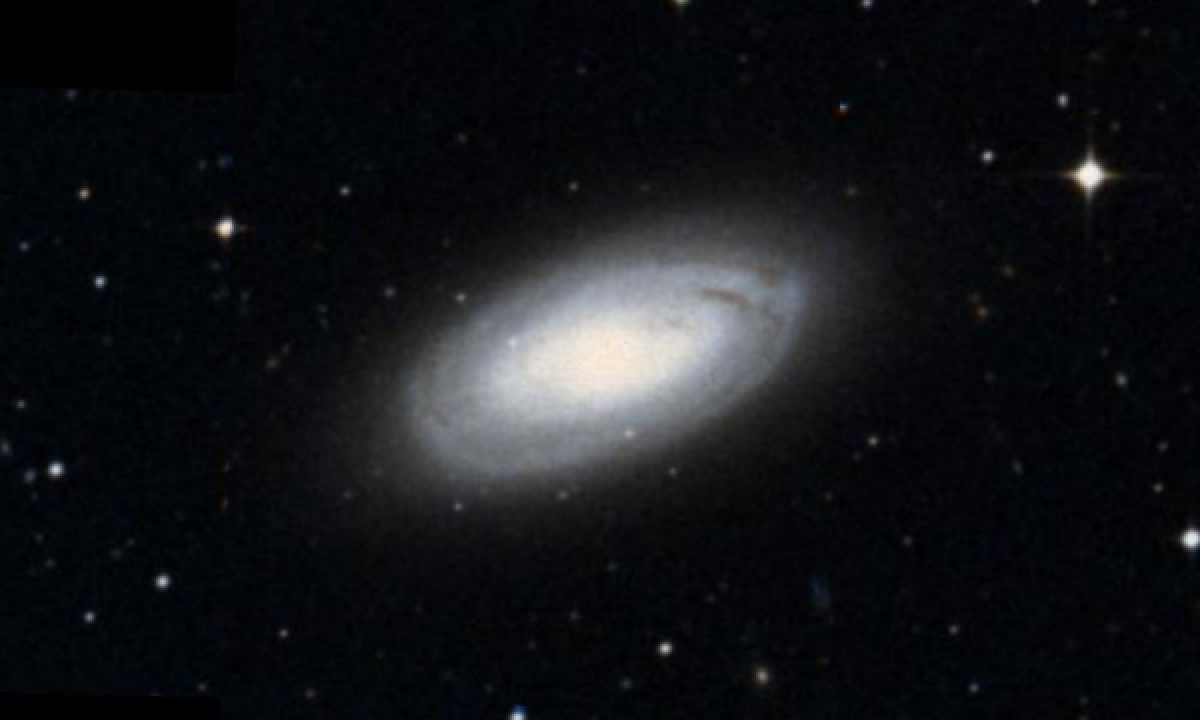The New General Catalogue of Nebulae and Clusters of Stars (abbreviated as NGC) is a catalogue of deep-sky objects compiled by John Louis Emil Dreyer in 1888. The NGC contains 7,840 objects, known as the NGC objects. It is one of the largest comprehensive catalogues, as it includes all types of deep space objects, including galaxies, star clusters, emission nebulae and absorption nebulae.
Know more about NGC
NGC 1617

NGC 1617 is a spiral galaxy in the constellation Dorado. The galaxy lies about 45 million light years away from Earth, which means, given its apparent dimensions, that NGC 1617 is approximately 70,000 light years across. It was discovered by James Dunlop on November 5, 1826. It is a member of the Dorado Group. NGC 1617 has an elliptical bulge with a bright nuclear source. The bulge is smooth, with the exception of some off-centre dust lanes. The galaxy has a weak bar and a very smooth disk, with no evidence of star formation knots. The disk is slightly asymmetric, extending a bit more towards the south. An outer ring forms the edges of the disk. The arms are tightly wound, forming a ring after half a revolution. Two dust knots are visible in submillimeter emission along the major axis of the galaxy. NGC 1617 lies 35 arcminutes north of Alpha Doradus. IC 2085 lies 11 arcminutes north of NGC 1617.
More Images:

Sources:
Wikipedia Page: NGC 1617
NGC 1617 at In-The-Sky website
